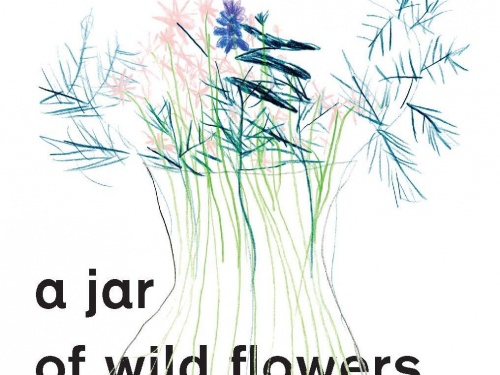The Blue Riband: The Piccadilly Line
At Friday's Culture Now, author Peter York will be in conversation with Michael Bracewell to discuss his latest book The Blue Riband: The Piccadilly Line. The book charts the progress of the dream of grandeur and aspiration in London, and is part of a series of twelve books tied to the twelve lines of the London Underground, as Tfl celebrates 150 years of the Tube with Penguin Books. Here's an extract from The Blue Riband,/cite>.
The Tube’s aesthetics deserve attention because they’re so important: the Tube was once at the centre of British arts politics. My vague intimations of the Tube as an historic Modernist Project were completely right. I’d taken to describing myself- amusingly, I thought - as a Tubist, as then I found the word had really been part of the twenties intelligentsia’s vocabulary - as a play on Cubist.
This story is all about more than just some exemplary Design Management. The Tube, its twenties and thirties MD, Frank Pick, and his arts patronage were at the absolute centre of the style wars. At some point, Pick, the solicitor from Spalding, the management trainee who was considered good at statistics, started to morph into a man with a mission about Good Modern Design. At first there was the communication alibi- that good design attracted attention. Then it moved into an altogether more zealous phase, one where Pick was forever on platforms, telling anyone who’d listen that good design was fundamental to what MBAs now call the corporate brand. And he became very directly involved in the company’s choice of architects, artists and designers. He took on the roles we’d call marketing director, advertising manager and public affairs director, precisely as he was rising to the top in central management (becoming CEO and Vice Chairman). And then he became a sort of one-man Design Council. He was president of the Design and Industries Association and the first chairman of the Council for Art & Industry in the thirties. The Transport Museum archive has reams of Pick’s speeches and position papers on design and urban planning. He was central to the struggle for ‘ownership’ of the visual arts in Britain between the wars. In a period when the major European developments barely got a look-in in Britain, when Academicians denounced European Modern Art from the pulpit of the RA, the tube was London’s new museum of art. It gave modern architects, artists and designers a new, vastly bigger audience through stations, advertising , the maps and trains themselves. And a Tubist was a popular Modernist.
The global rich, increasingly, live in Mayfair. The Grosvenor Estate has been returning the best old buildings, ones that were converted to post-war offices, back into grand houses for people who won’t spend much time there. The people who look after their money- some of them astonishingly rich too- work there. And a lot of the world’s most expensive objects are sold there too. The art trade, the jewellery trade. And luxury-brand everything. London sells nearly 20 per cent of the world’s ‘fine art’, the third biggest seller after China and USA. The largest part of that trade is in Mayfair and St. James’s. Forget Shoreditch. Art has become another global asset class, like Mayfair property. You don’t have to know anything or give a toss, because there are people to do it for you. Independent curators like sublimely elegant supremely connected Euro-friend who will introduce you to artists and dealers or take you on studio visits if you want do the tour (more likely it’ll be your wife, the guy from your private office or your decorator; you’re out making money).
Culture Now: Peter York in Conversation with Michael Bracewell, Friday 15 November, 1pm
This article is posted in: Events
Tagged with: Culture Now, Peter York, Michael Bracewell, Penguin Books, London Underground





